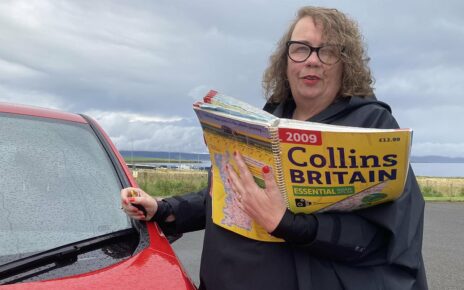BUS drivers are ready to strike as delays from low-traffic neighbourhoods and bike lanes force them to work late.
Dozens are at “breaking point” as their journeys are reduced to a crawl.
Barriers put in as part of the LTNs, such as planters and bollards, slow down vehicles and at least 20 bus lanes have been lost to cycle routes.
Traffic is reduced by using barriers, such as bollards or planters, or installing number plate recognition cameras.
As part of the scheme, TfL has spent hundreds of millions of pounds introducing bike lanes, but bus drivers claim this is at the expense of public transport.
Bus lanes have been lost to cycle lanes on at least 20 roads across the capital, while bus speeds have fallen by an average of nearly 10 per cent since 2020.
READ MORE TRANSPORT NEWS

Passengers including Rachel Riley trapped on trains for HOURS in freezing cold

Rail union baron in jolly to Australia days after plotting to wreck Xmas
Despite this, just 4.5 per cent of journeys were made by bike last year, while 20 per cent were by bus.
The London drivers are using a closed social media group to discuss possible walk-outs and working to rule.
One said: “Much of what Transport for London (TfL) has done has hugely increased journey times on certain routes at certain times.
“We’re often finishing late and having to face passengers who are stressed out and angry.
Most read in The Sun

Danielle Harold in secret health scare that almost forced her to quit I’m A Celeb

Helen Flanagan’s ‘very hot’ man revealed as David Haye after stars go on date

Lethal TikTok craze is killing kids as dad of tragic teen issues warning

Supermarket slashes price of Roses tubs to just £2 – & it’s the cheapest around
“The union won’t do anything because they’re Labour and it’s Labour councils putting in LTNs.”
TfL said it had worked with boroughs to adjust designs and re-time traffic signals in cases of LTN-linked congestion.
Source: Read Full Article



